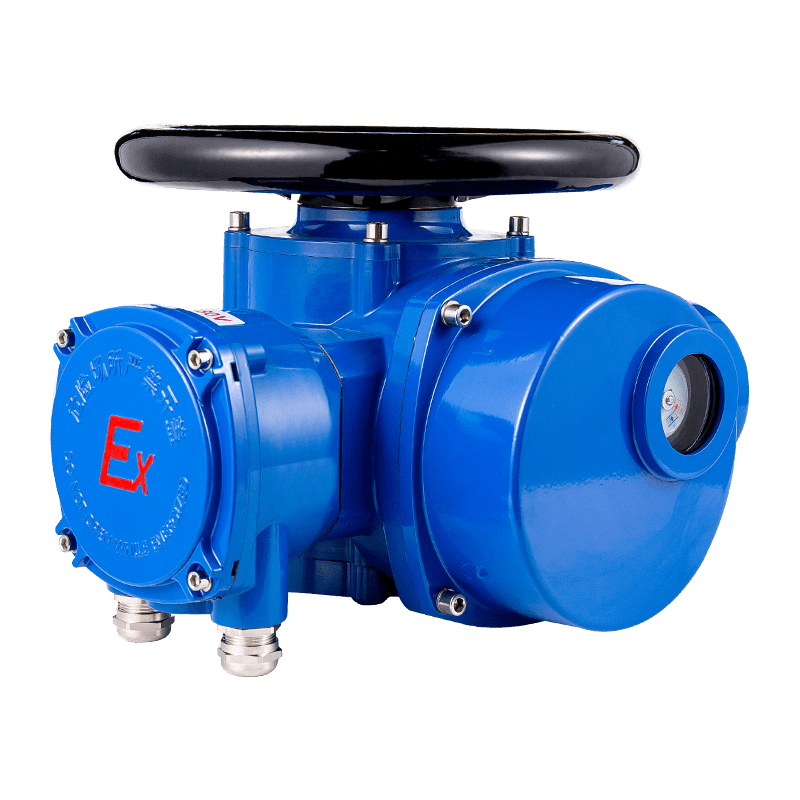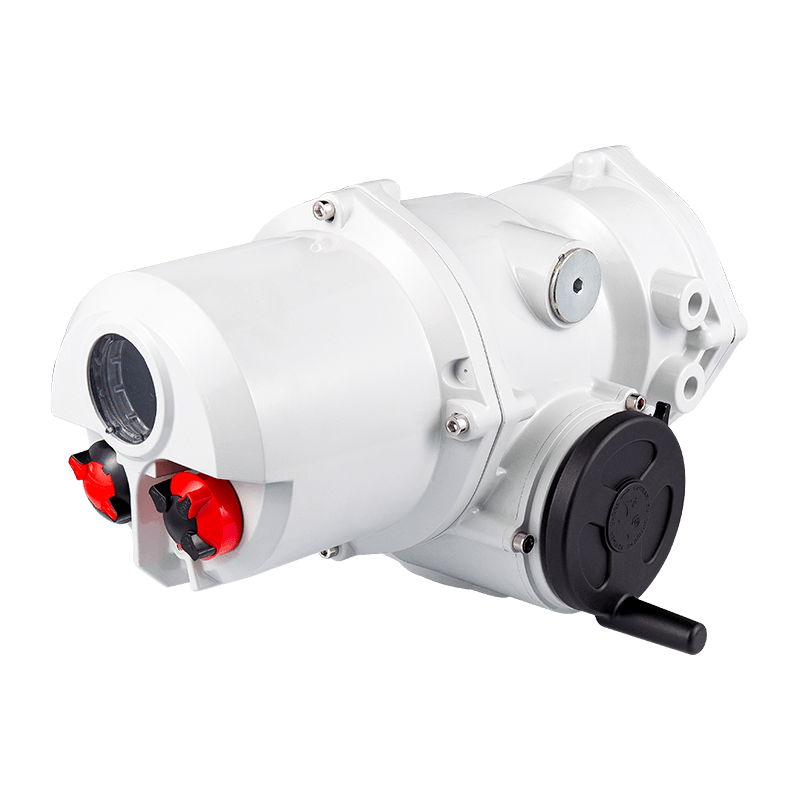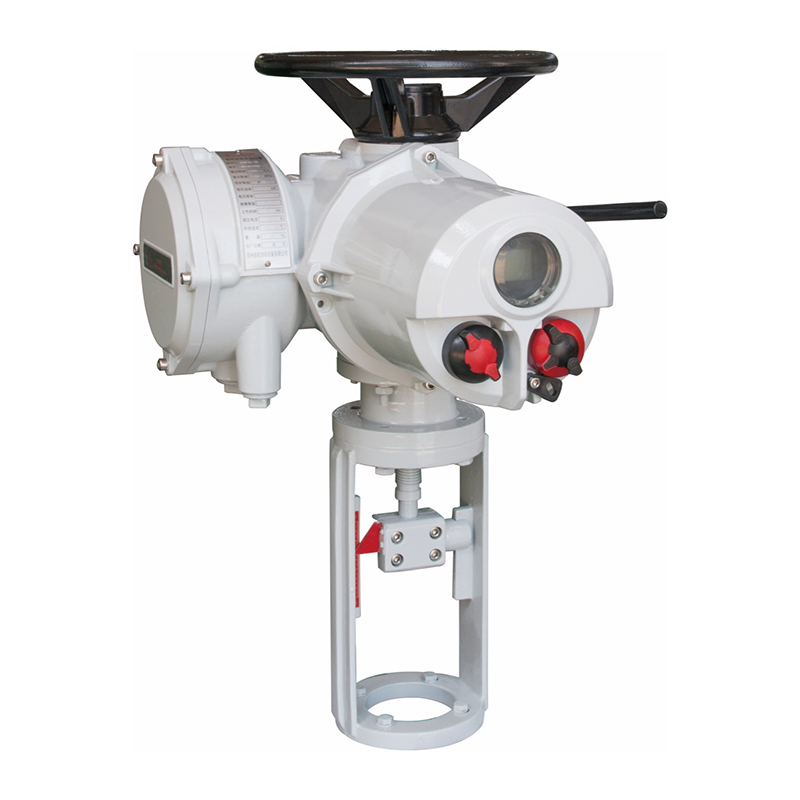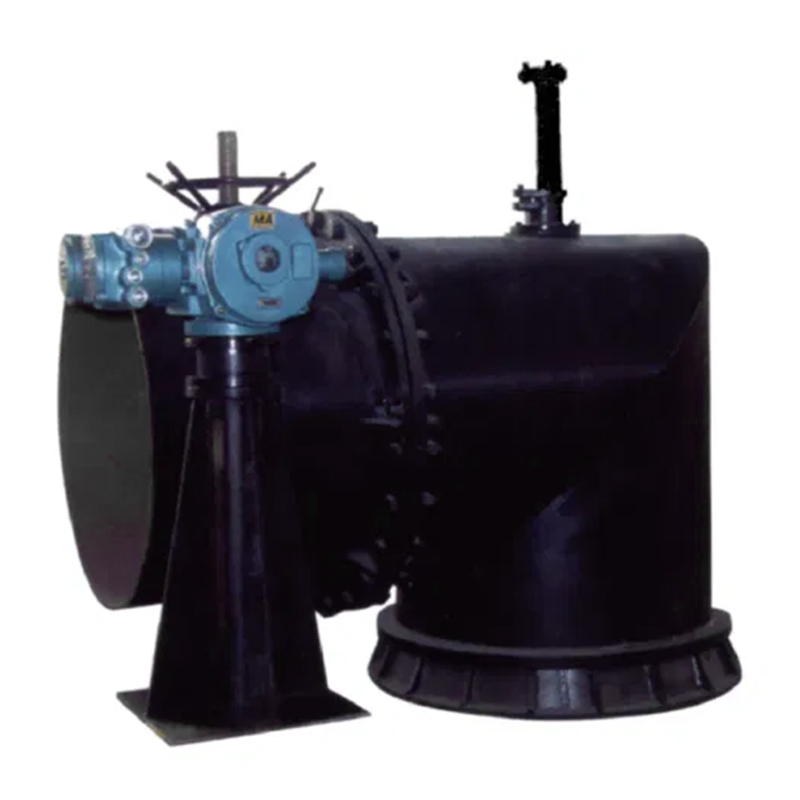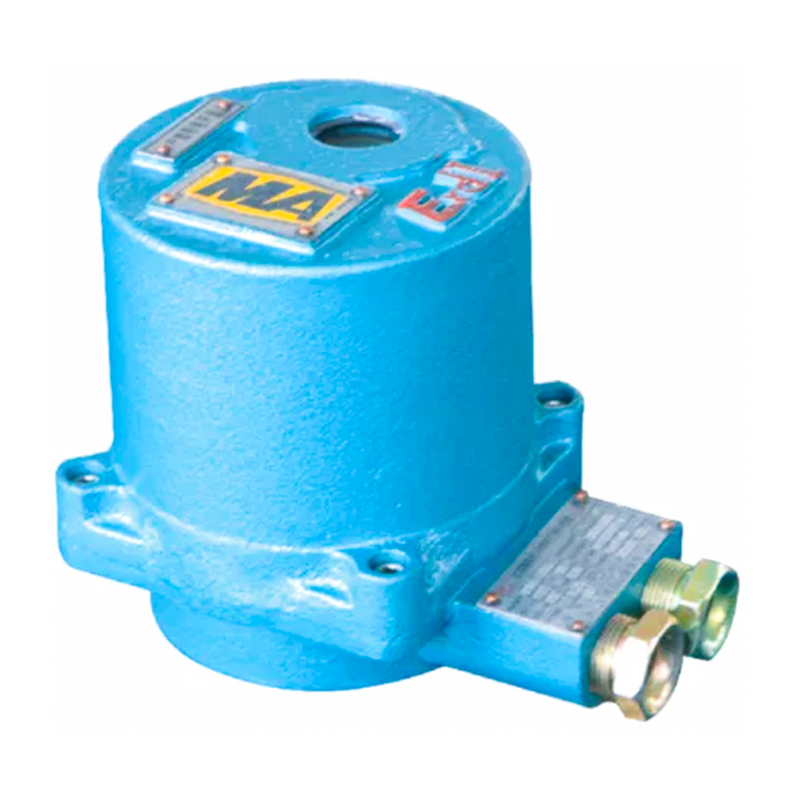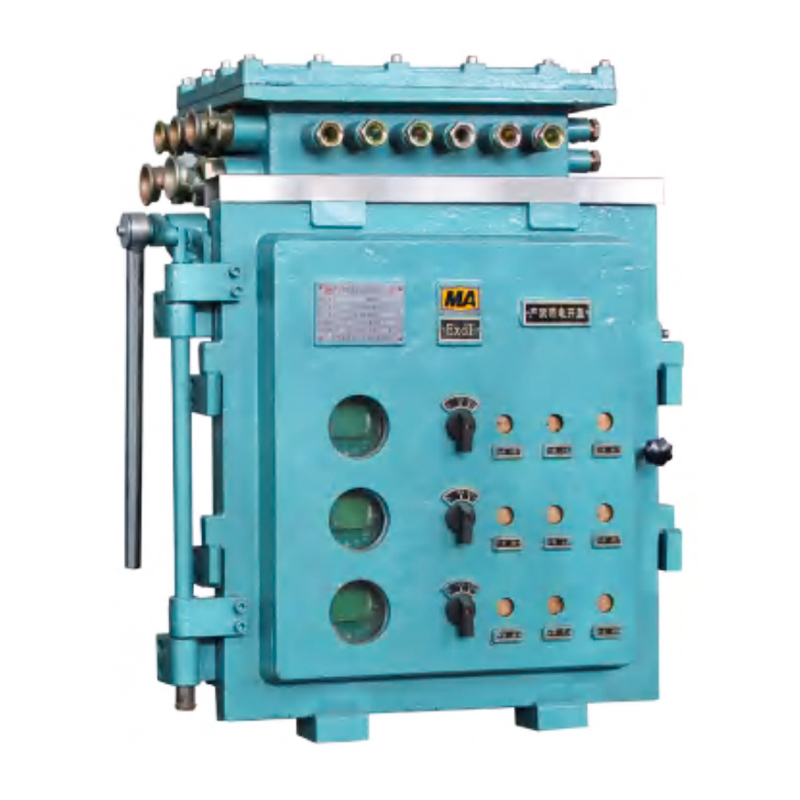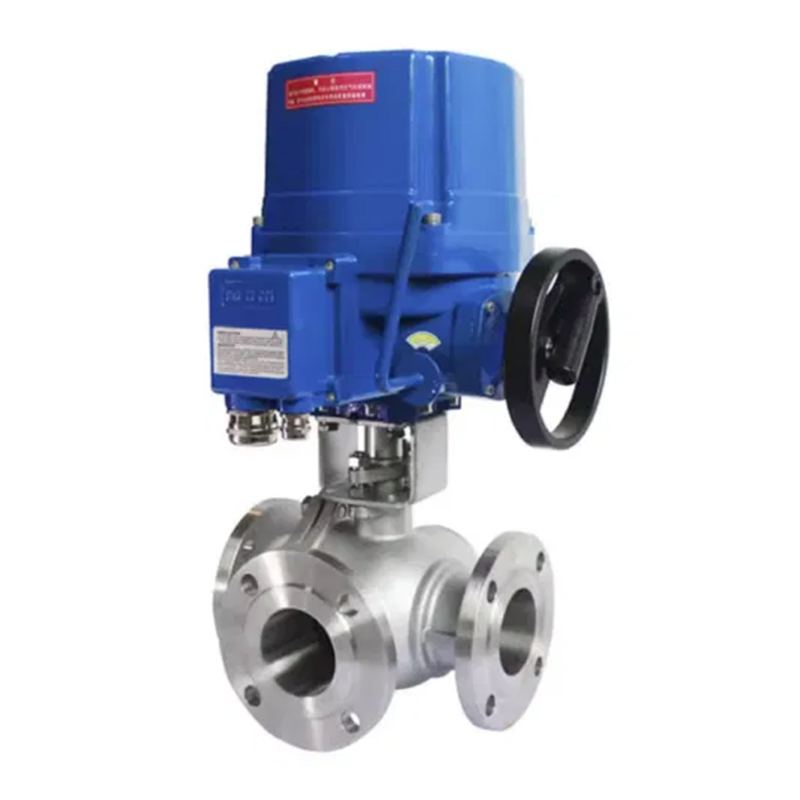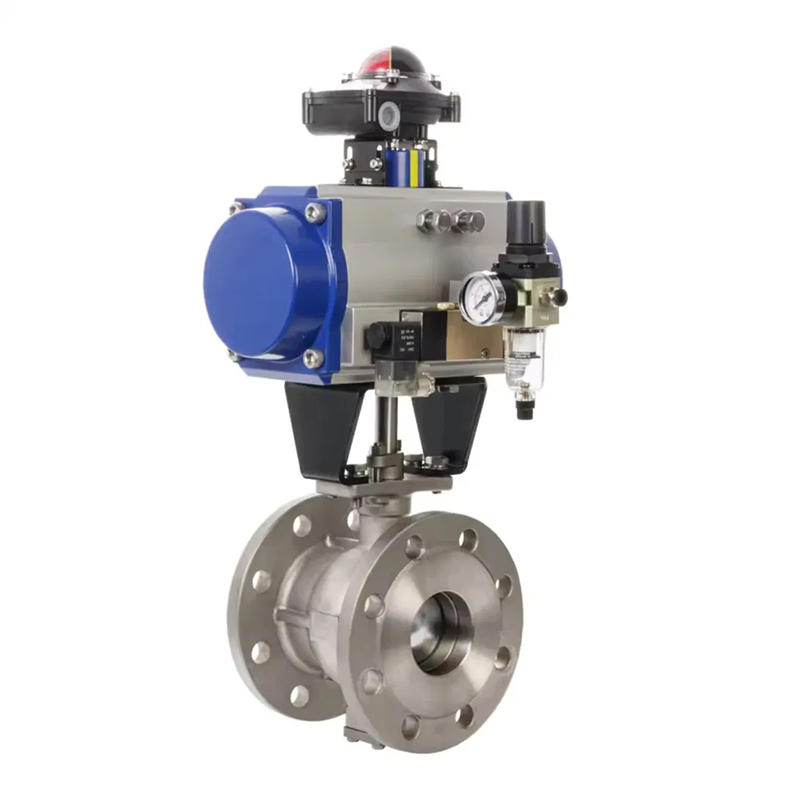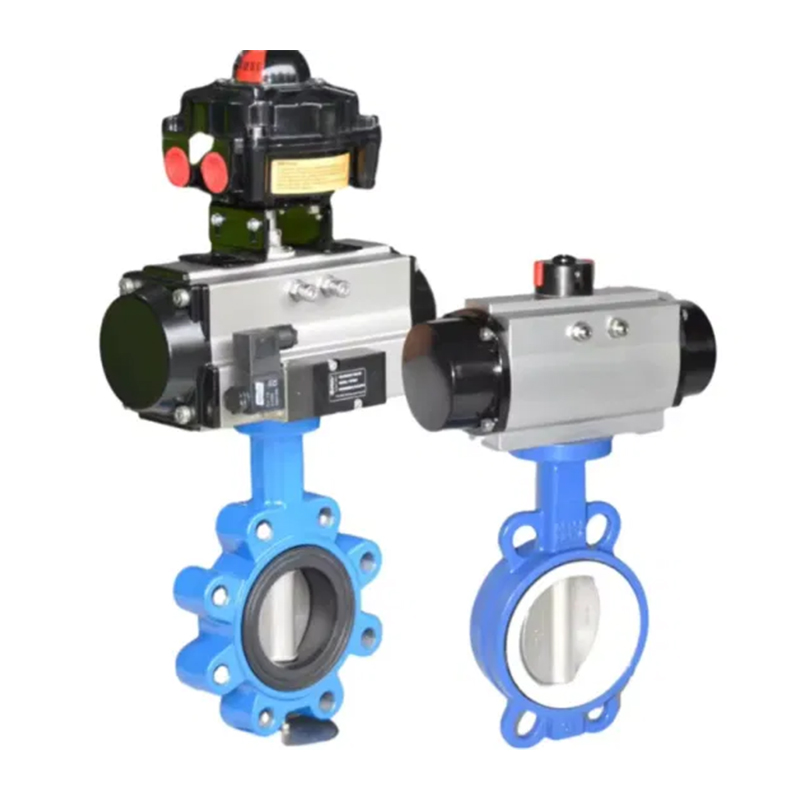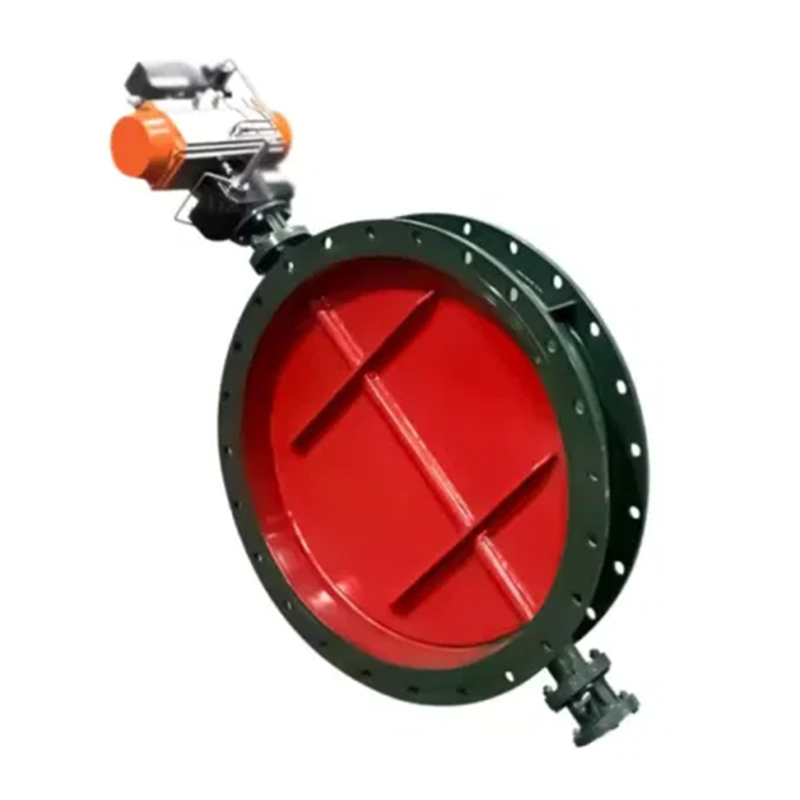0086 15335008985
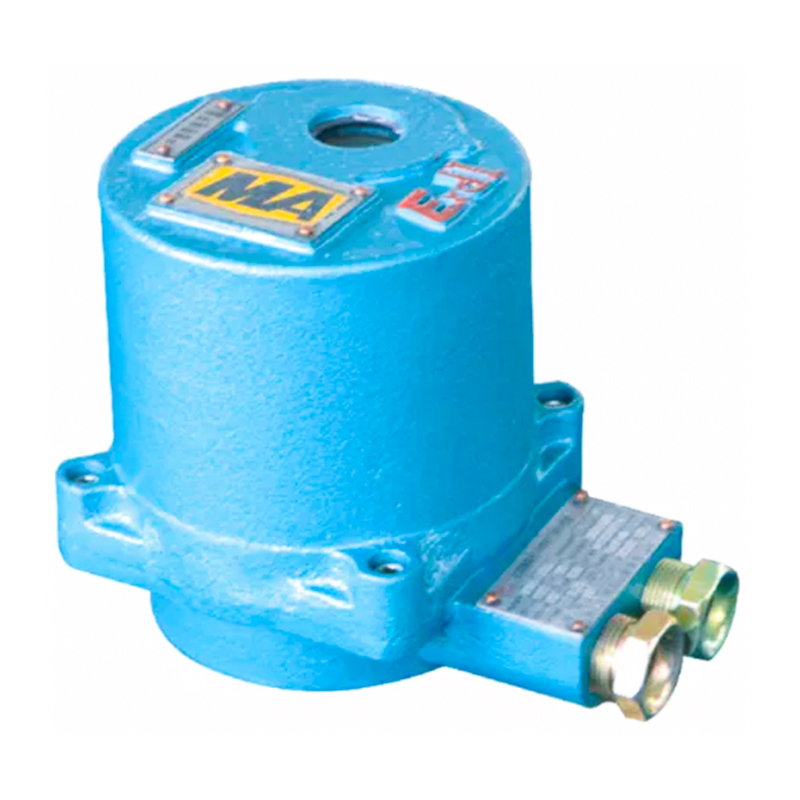
How does the QMB explosion-proof valve electric device for mining solve the problem of delayed response of mine drainage?
Mine drainage systems need to cope with complex working conditions: the amount of water inflow changes dynamically with the progress of mining, and water inrush accidents are unpredictable. Traditional drainage valves rely on manual inspections or simple timing control, and there are the following problems:
Response delay: Manual operation of valves takes an average of more than 10 minutes, and the response speed of mechanical actuators is less than 5 seconds/time, which cannot cope with sudden water inflow.
Extensive control: The valve opening depends on experience adjustment and cannot match the water level changes in real time, which can easily lead to idling of the water pump or insufficient drainage capacity.
Safety risks: Valve failure or delayed response may cause flooding accidents, resulting in casualties and equipment damage.
QMB explosion-proof small valve electric devices for mining provide an "active defense" solution for mine drainage systems by integrating high-precision sensors, intelligent actuators and explosion-proof technologies.
QMB device technical architecture: building an intelligent drainage control chain
The technical core of the QMB mining explosion proof small valve electric device lies in its three-layer architecture of "perception-decision-execution". Through deep integration with the mine drainage system, it realizes the automation and precision control of the drainage valve.
1. Perception layer: water level sensor and valve status monitoring
Water level sensor: adopts a combination of ultrasonic and immersion level gauges to cover key areas such as the main drainage pump room and water tank in the mine, with a measurement accuracy of ±1cm and a response time of ≤0.5 seconds.
Valve status feedback: The built-in angle sensor monitors the valve opening in real time, with an error of ≤0.5°, ensuring that the actuator action is highly synchronized with the control command.
2. Decision layer: DCS control system and intelligent algorithm
Linkage control logic: When the water level sensor detects that the water level is rising, the DCS system automatically generates a valve opening adjustment command according to the preset threshold. For example, when the water level rises to the warning line, the valve is gradually opened to 50%; when the water level approaches the danger line, the valve is fully opened and the backup pump is started.
Adaptive adjustment: Fuzzy PID control algorithm is used to dynamically adjust the valve opening change rate according to historical data to avoid pump pressure fluctuations caused by sudden flow changes.
3. Execution layer: Flameproof electric actuator
Quick response: The combination of servo motor and planetary reducer can achieve a valve 0°~90° full stroke action time of ≤3 seconds to meet the needs of sudden water inrush response.
High-precision control: The closed-loop feedback system ensures the valve opening control accuracy of ±1°, and can achieve "millimeter-level" water level adjustment.
Flameproof safety: ExdⅠ Mb explosion-proof grade, the shell is made of Q345R high-strength alloy steel, and the inner cavity is filled with flame-retardant materials to ensure safe operation in gas and coal dust environments.
QMB device core technology analysis: Three breakthroughs in cracking response delays
1. High-speed communication protocol: Breaking the "perception-execution" delay barrier
Traditional drainage systems rely on hard-line control or low-speed communication protocols, resulting in a control command transmission delay of 2-3 seconds. The QMB device adopts an industrial Ethernet + fieldbus hybrid architecture, supports Modbus TCP/IP, Profibus-DP and other protocols, and has a data transmission delay of ≤50ms, realizing the "second-level" linkage between water level data and valve action.
2. Adaptive control algorithm: a "smart brain" to cope with complex working conditions
The water inflow in the mine is affected by geological conditions, mining activities and other factors, and presents nonlinear change characteristics. The QMB device optimizes the control strategy through the following algorithms:
Feedforward-feedback composite control: Combine the water level prediction model with real-time feedback data to adjust the valve opening in advance and shorten the response time.
Multi-pump collaborative control: When the drainage capacity of a single pump is insufficient, the backup pump is automatically started and the valve opening distribution is adjusted to ensure that the total drainage of the system matches the water inflow.
3. Redundant design and fault self-healing: improve system reliability
Dual-channel control: The main and backup control loops operate independently, and automatically switch to the backup channel when the main channel fails, with a switching time of ≤0.1 seconds.
Health management function: The built-in self-diagnosis module monitors motor temperature, torque, insulation resistance and other parameters in real time, automatically alarms and executes preset protection actions when abnormal.
Industry application value: the transition from "passive response" to "active defense"
1. Improve drainage efficiency and safety
Improved response speed: The QMB device shortens the valve response time from 10 minutes in the traditional mode to less than 3 seconds, ensuring that the drainage system starts quickly when there is a sudden water inrush.
Reduced flooding risk: By accurately controlling the valve opening, the water pump is prevented from idling or overloading. After a coal mine applied it, the flooding accident rate dropped by 80%.
2. Reduced operation and maintenance costs
Unmanned inspection: The automatic adjustment function reduces manual intervention, the inspection frequency is reduced by 50%, and the labor cost is saved by 30%.
Extended equipment life: The intelligent control strategy avoids frequent valve start and stop, and the life of the actuator is extended by more than 2 times.
3. Promote the intelligent transformation of coal mines
As the "nerve endings" of the mine drainage system, the QMB device works with intelligent inspection robots and environmental monitoring systems to build an "air-ground-integrated" intelligent drainage network, laying the foundation for "less-manpower and unmanned" production in coal mines.




 русский
русский Español
Español
